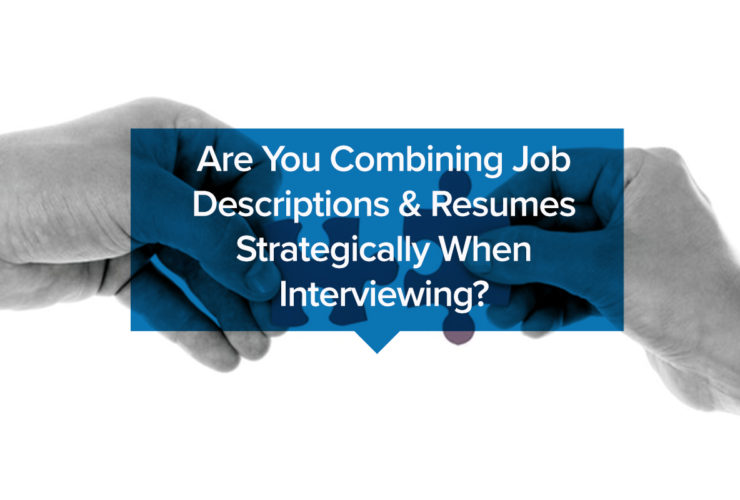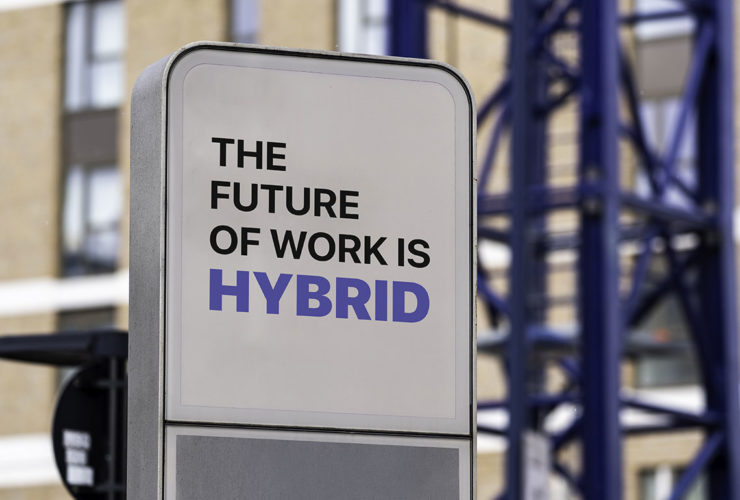The average hiring process in 2009 lasted about 12 days from initial screen to first offer, according to research that Glassdoor did for The New York Times.
In 2013 It was about 24 days. In about four short years, the time to hire doubled. Between 2013 and 2017, it didn’t double, but in many industries, it’s north of 30 days now. It’s increasing.
What happens as time to hire increases, especially in technical recruiting?
The tech hiring landscape now
Hardly an industry secret that the pool of talent is getting tighter and tighter. In fact, at a trade show recently, one of eTeki’s executives heard from a recruiter in the Denver area that locally, IT roles had roughly a 1% unemployment rate. While this is admittedly an anecdotal comment, it does reflect close to the reality in many markets. We all know getting the top tech talent is crucial — that part shouldn’t be breaking news to anyone — but what we sometimes forget in these discussions is why time to hire is a crucial part of the equation.
How tech projects are often structured
Many tech projects are complex, multi-stage processes. Most project management platforms, from enterprise level on down, are even set up in this way: the key idea is interdependencies, or “This can’t begin until that is finished.”
This is one area where the consequence of delayed time to hire impact effective operations..
Any large project can get completely thrown off track by not having the right people in place as the project is beginning. If Project A pushes back delivery, invariably Project B does, then Project C does, and suddenly a $30 million project spend can become a $50 million project spend. A few eTeki veterans have actually seen CIOs fired over this exact chain of events.
Oftentimes, the mindset of a corporate executive regarding technology is simple: “How do we leverage this towards our goals, growth, and competitive advantage?” That high-level view is translated into these massive projects, but because of their interdependent structure, all the personnel pieces need to be in place as each stage is commencing.
As a result, if you need a specific type of database engineer, you need that role now. This is where the time to hire metric becomes crucial.
If time to hire is crucial, why is the number rising?
The simplest explanation is typically that a hiring manager may be dealing with emerging technologies they are not that familiar with, or they may be hiring for a skillset that is not in their wheelhouse. The same could apply to their existing team leads, with the added consequences of pulling internal resources off time-constrained projects to perform multiple rounds of technical interviews.
You could call this “analysis paralysis,” although this takes a few forms. What’s universal about the idea of analysis paralysis in tech hiring, though, is that it all comes back to trust. (No surprise; some have argued trust is the currency of the whole economy presently.)
Consider this fictional example: if the hiring manager needed a cloud developer and the #1 cloud developer in the world was his/her best friend, the hiring manager would likely green-light that hire immediately. Trust drives the quicker decisions.
Without that trust — which is sometimes lacking in hiring manager/recruiter relationships, or hiring manager/knowledge of technical specs needed for role — doubt creeps in, and as doubt creeps in, time to hire rises.
That’s the core of the problem, and the problem’s primary consequence is when business critical projects are not successfully executed, essential business goals and objectives fail. So what’s the solution?
The solution is finding a trusted partnership
Once trust is part of the process, a lot of the issues around time to hire and analysis paralysis begin to reduce or completely fade out. Budget bloat is minimized, there’s less infighting over project timetables, and no one is getting the ax . A win-win for all.
There are several technical interview solutions available. Try them all. Then select the one that best provides the deliverables that create the trust factor that minimizes time to hire, and eliminates analysis paralysis.
Check out these 7 tips to improve the hiring manager’s Return on Interview, a sure fire way to bolster trust between the two of you.

Robert Miner
Chief Revenue Officer at eTeki, helps businesses increase revenues and decrease internal costs by providing state of the art technical screening.




